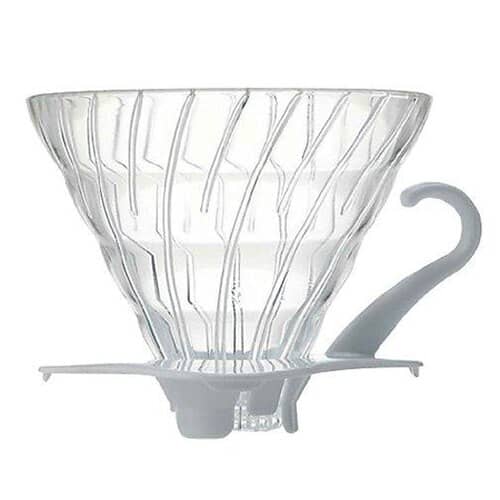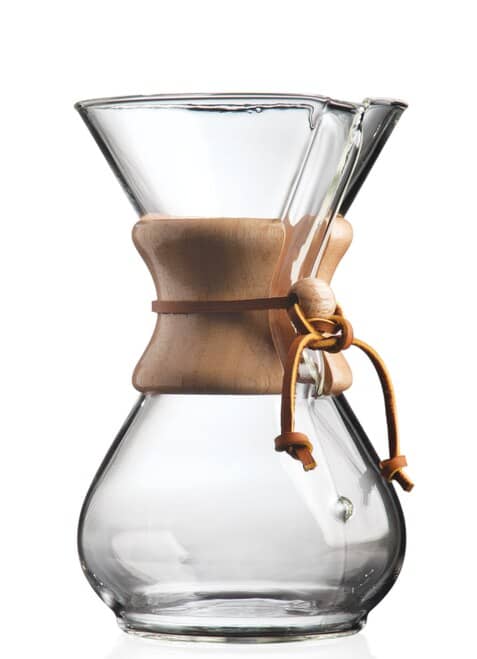Ever wondered what light roast or dark roast coffee meant?
Or want to understand the different tasting profiles of a Guatemala or Ethiopia coffee?
We spoke with Nelson, a Certified Q-Grader, from Oughtred Coffee & Tea a while back to give us the coffee 101 rundown on how to brew delicious coffee at home with just basic equipment and build our flavour profiles.
Here’s what he had to say:
What is good coffee to you?
[Nelson]: So for me, good coffee is a lot of things.
I have my preferences. I like more of say medium roast and light roast coffees because I like to see what that origin has to offer.
But there’s people out there that love a dark roast coffee. And for me, they’re not wrong. If that’s what you enjoy, that’s what you enjoy.
Coffee is very subjective. If you like it, you like it.
I’m not here to tell you otherwise.
But for me, what makes good coffee is perfect execution from farm level to picking to drawing, to importing to quality and being able to talk about why you did that with that coffee. To me, that’s good coffee.
If you’re able to articulate it from start to finish, had the consumer leave knowing a little bit more what they’re drinking compared to, here’s just your cup of dark roast, go load it up with cream and sugar.
Why did you choose to do it as a dark roast? Why are you doing what you’re doing to that coffee? And then being consistent with it day after day after day. Because at the end of the day, it takes five seconds to make or break a roast.
So taking pride in what you do because the pride that the farmers put into an origin is mind blowing compared to what we do here. So at the end of the day, I want to showcase what they do in origin more so than has the consumer think that I’m doing a good job. I want them to know that the farmer had to do an exceptional job to get me the product so I could do as good as the job as I did with it. It starts with them not with us.
We’re where the final chain like us, us as roasters and then the baristas. It’s up to us to showcase all the hard work that a farmer spend an entire year or they’ve spent their entire life perfecting that craft.
How many coffee flavour profiles are there?
[Nelson]: With coffee, there’s over 500 identified flavour compounds. So when I talk about flavours in coffee, yeah I might say it’s got hints of strawberry or blueberry or chocolate or caramel. When I’m saying it’s got a note of a strawberry, I could be just talking about the sweetness and citric note of a strawberry or the berry note of a blueberry.
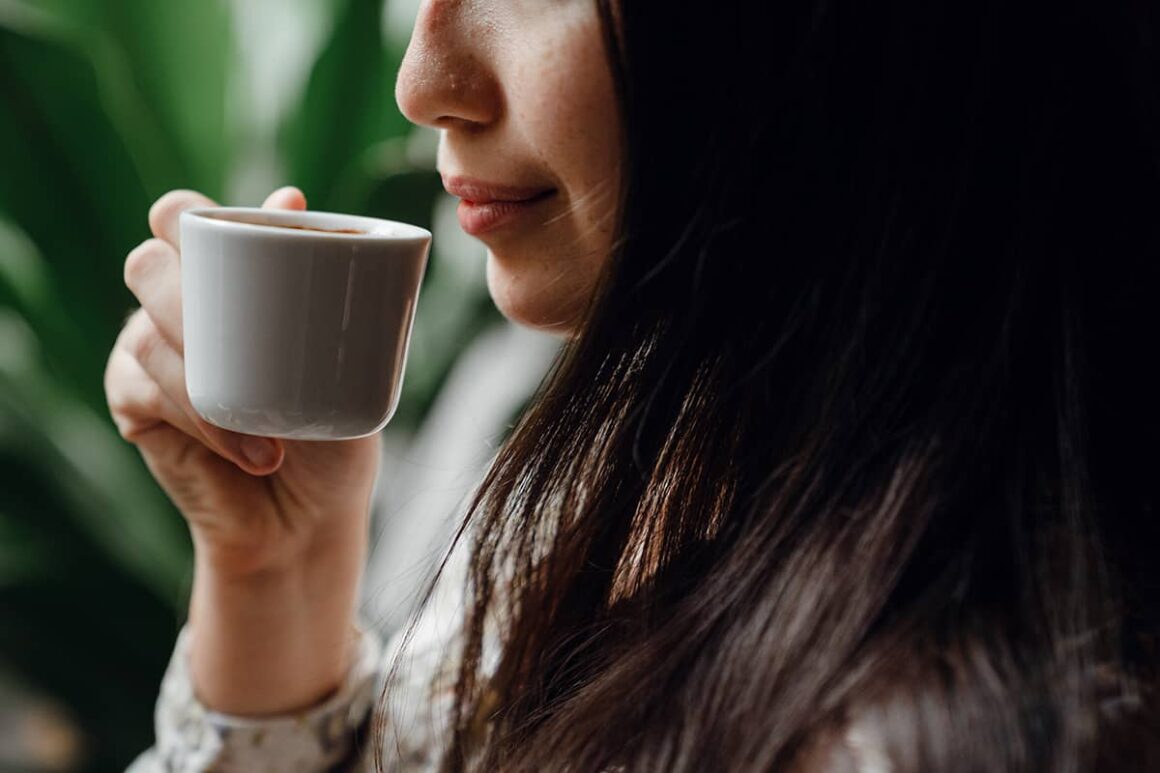
I’m not talking about it tastes like an actual strawberry. It tastes like a part of a strawberry.
I talk about tasting coffee as a second language because you’re developing a flavour language. Because the way I perceive a strawberry’s not going to be the same way you perceive a strawberry.
What gives me the ability to articulate is being able to describe why I taste a strawberry so that person understands. Cause me and tasting a strawberry could be you tasting a Blackberry. That could be what you attribute my strawberry flavor to in that coffee could be your Blackberry.
But being able to articulate that and come to an understanding why we’re tasting what we’re tasting is key. Tasting subjective it’s all about being able to explain what you’re tasting and why you’re tasting it.
When you step into a coffee shop, sometimes you’ll see names like Guatemala and Ethiopia. What do those mean?
[Nelson]: Guatemala, Ethiopia speaks from the country.
What I like to see when I go into a coffee shop is they’re not just saying it’s a Guatemalan coffee. They’re saying what region it’s coming from. They’re saying what farm it’s coming from because it’s just like anything. British Columbia is a massive province. There’s a lot of things that happened in this province.
Guatemala is a massive country. There’s a lot of things that go on.
So to know from Northern Guatemala to Southern Guatemala, coffee doesn’t taste the same. So being able to see a visual representation of where it is in the country is awesome because you’re able to say, okay, Northern Guatemalan coffee genuinely might say, have this characteristic versus Southern.
And that just moves in with education throughout the industry. Cause as we educate businesses and educate consumers, consumers are going to demand more and it’s going to help push the industry forward for everybody.
What does light roast, medium roast, and dark roast mean?
[Nelson]: When you’re talking about light, medium, dark roast, it’s basically the colour of a coffee.
So you’ll go through in roasting, you’ll go through a few main stages. Light roast is generally a coffee that’s just after first crack. Medium roast coffee is going to be a coffee that’s in the first crack. And then dark Rose coffee is going to be one that’s in the second crack.
And when I talk about crack, I mean, so coffee will go through three main stages. During roasting, you’ll have your turnaround temp, which is where your temperature bottoms out and then starts to increase again. And at that point, you’re basically doing evaporating a lot of your moistures.
Then what will happen is you’ll hit first crack. And at that point it literally sounds like you’re pouring milk on Rice Krispie Squares. The beans are producing so much energy, they can no longer contain it, and the structure of the bean breaks and makes an audible pop that point, you start caramelizing all of your natural sugars.
So the longer you spend in that time, you get more, generally, you’ll get more caramelization notes. So melt chocolate, toffees, dark chocolate, Baker chocolate, and but your acidity will go down.
So generally a light roast coffee will be more acidity focused. So you’ll have more of your Citrix, your Malik’s, your false forks, generally more in upfront of the cup whereas you spend more time in first crack you, your acidity lowers and you start getting more caramelization of your sugars.
The next one for dark roast coffees is you’re going into second crack. At that point you started carbonizing the natural sugars within the product.
So companies like Starbucks, that’s why it’s able to taste the same no matter what Starbucks you go to around the world. If you get there dark roast coffee, it tastes the same because they’ve carbonized a lot of the organic matter and the product and they focus on consistency so they know what they need to do to have that exact same profile.
Because at the end of the day, you want consistency for your consumer. So generally a dark roast coffee is a little bit easier to be consistent with because you’re dealing with less organic product.
How do you develop your coffee tasting profile?
[Nelson]: So the biggest thing that I always tell everybody when I’m doing a cup in class or I’m teaching any kind of class in regards to tasting is whenever you go out and you eat a strawberry, spend that extra five seconds just to make a mental note of what that strawberry tastes like.
What’s the acidity in it? What’s the texture in it?
Because you’ll be amazed after six months of doing that, with every time you eat, you’re going to have so much more resources to pull from when it comes to tasting coffee and being able to identify what you’re tasting and the amount of the ability it gives you to identify things.
And whether it be beers or foods or wines, it doesn’t matter like that flavour language developing that take goes far beyond coffee.
So that’s, that’s what I recommend. Just spend a couple of seconds every time you eat, make a mental note of what you’re tasting because it’ll fascinate you and when, how easy it becomes to start pulling from that later on if you keep doing it.
What are the different coffee brewing methods?
[Nelson]: So there’s a few different brewing methods. You’ve got your general pour over, like your V60 Hario and you’ve got your Cemex.
V60 vs. Chemex
So the difference between a V60 and a Chemex is your paper filters a lot finer mechanics. So you basically filter out a lot more of the sediments. So you’re left with more clarity in the cup, where the V60 the paper’s a little bit coarser and you get a little bit of sediment, a little bit of the oils that work through.
And then you’ve got the difference of whether you’re dealing with the paper filter versus a metal filter. So your paper filter will absorb a lot of oils where if you’re using a metal filter, it will not absorb a lot of your oils. So you’ll get a different texture within your coffee based on what filter you using.
French Press
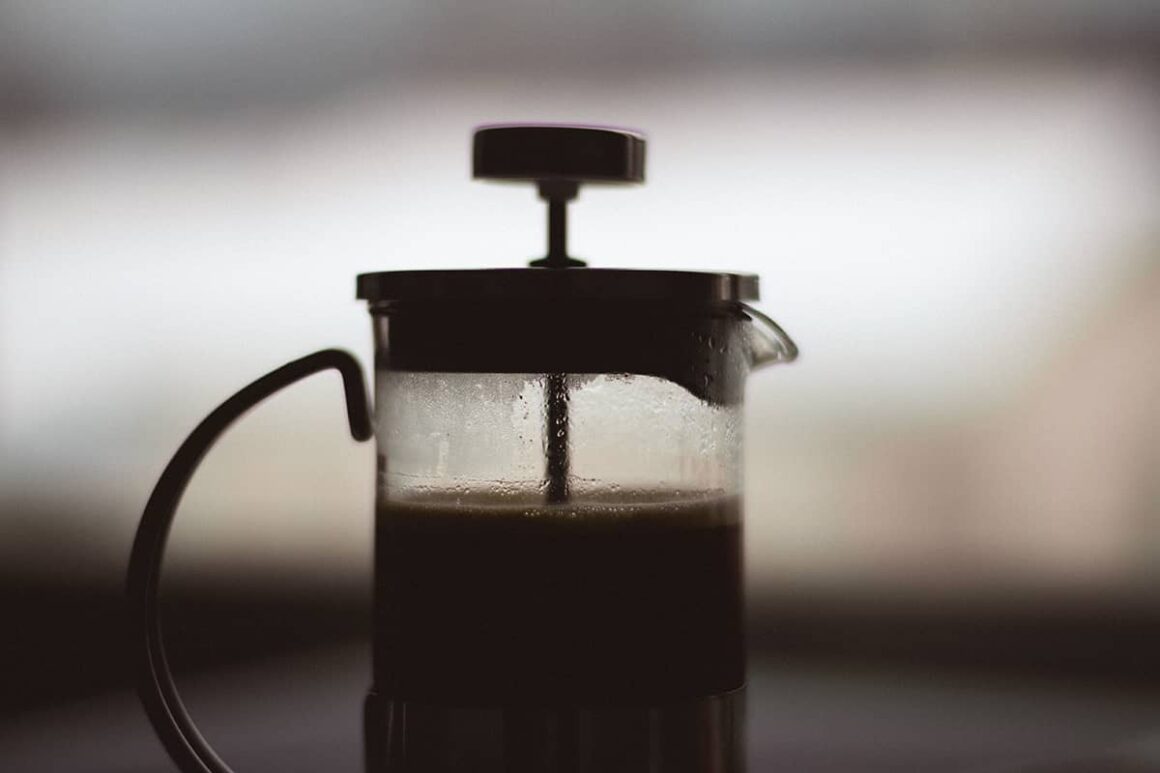
And then you’ve got your French press, which is, I’m sure we’ve all had a French press. You’re dealing with a coarse grind coffee, you pour your water on top, you let it sit, and then your plunge it. That coffee is going to be very heavy on the body, very thick, very creamy but your acidity is going to be a little bit lower. Just because you’ve got more oils, you’ve got more sediment within the cup that it masks some of the subtle acidity notes.
Which coffee brewing method is the best?
[Nelson]: So there is no better or worse brewing method. It all boils down to what coffee you’re working with.
So like a say a lighter roast coffee or a medium roast coffee might be more beneficial in say a Chemex or a V60, because you’re able to get more clarity, a little bit more of the delicate acidity notes out of the coffee.
Where if you’re, say working with a darker roast or even a coffee from Sumatra, cause some Sumatrans are very heavy in their body characteristics. So something like a French press or an Espro work extremely well to accentuate the body characteristic and a finish of a coffee.
So it’s a matter of finding what brewing method works for what coffee you’re dealing with.
For me, I prefer the Chemex because I do like lighter roast coffee more generally. So I get a lot more clarity in the cup. I get a lot more of the subtle nuances, but I would never put a dark roast through Chemex because you don’t have any subtle fruit notes or citrus notes in a dark roast. So it’s going to be lost in the Chemex cause the Chemex is going to filter out a lot of the body with the paper filter. So generally I go more with a coarser filter, like an Espro or a French press.
How do should beginners get started with specialty coffee?
[Nelson]: So one of the things, and this is what I’ve loved that Espressotec has done is their Roaster Central Wall because it gives the consumer an all of a sudden a wall to try whatever they want. It gets them to start going down the path of being in the specialty industry and seeing what is out there from different roasters.
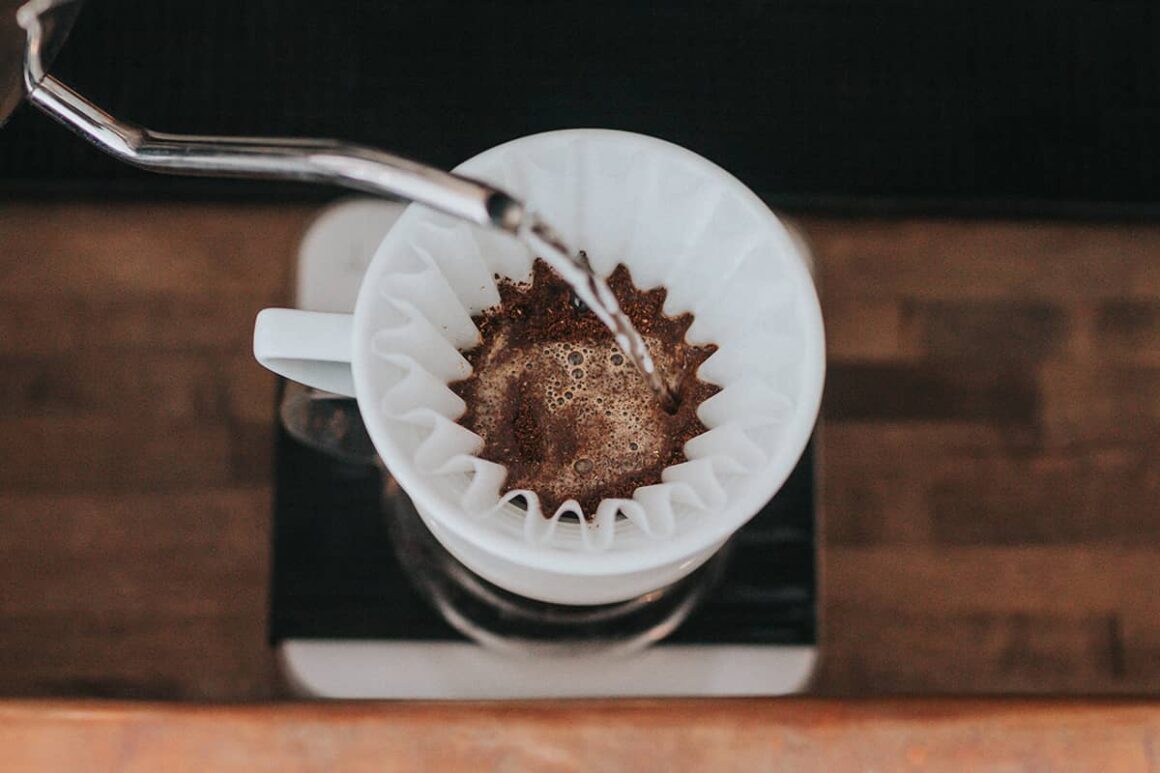
So that’s a huge thing to have in the industry if you’re just getting started because you can try everything because if you just keep going to the same coffee shop day after day after day, you’re not going to know what else is out there because everybody’s got their own style of doing what they do.
Just like we have here at Oughtred Coffee & Tea, we have our methods for producing coffee. It’s not the same as what Agro does or the same as 2% Jazz does. We’ve all got our own unique twist on how we approach things.
So to have a place where you can try all of those different coffees is huge because you get to see, even for me being an industry person, I’m able to see what others are doing and be able to taste their product as well.
If you’re looking to go out there and build your coffee knowledge, consider heading to one of these best coffee shops in Vancouver. Not only is their staff experts and extremely passionate about coffee, they’ll be happy to help guide you in developing your flavour profile and recommend you what to try.

